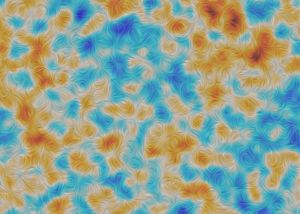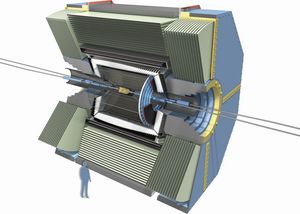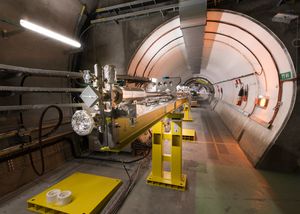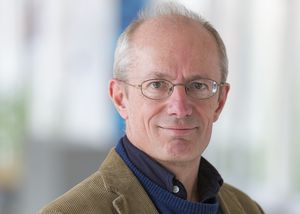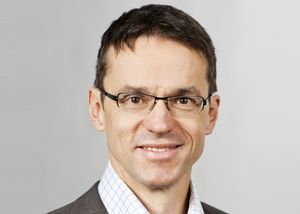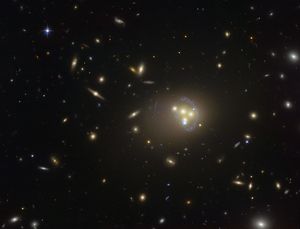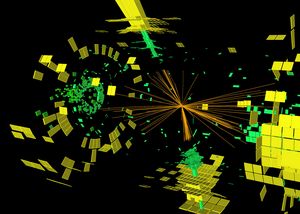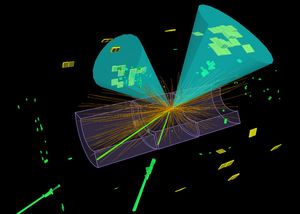
Top Quarks - zerbrechliche Giganten der Quantenwelt
Café & Kosmos am 8. März 2016, 19 Uhr im Muffatcafé
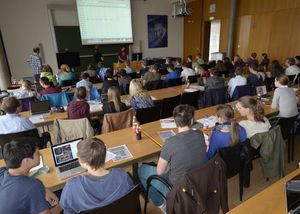
Eintauchen in die Welt der Teilchenphysik – Schülerforschungstag am 25. Februar 2016
International Particle Physics Masterclasses 2016
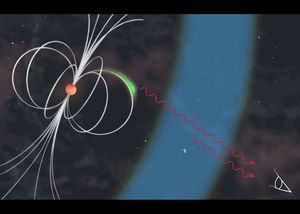
Extremely energetic photons from the Crab Pulsar are discovered — Observations outshine previous measurements
The most energetic light ever observed from a few kilometres large star
